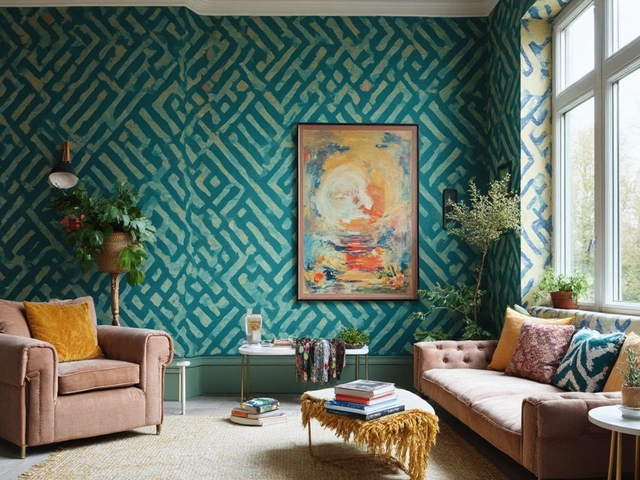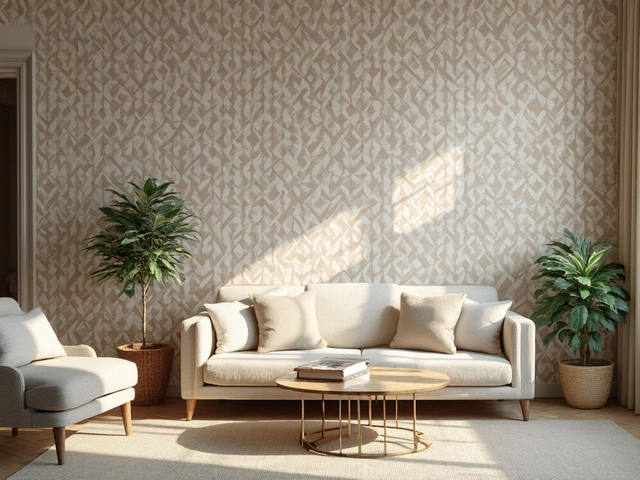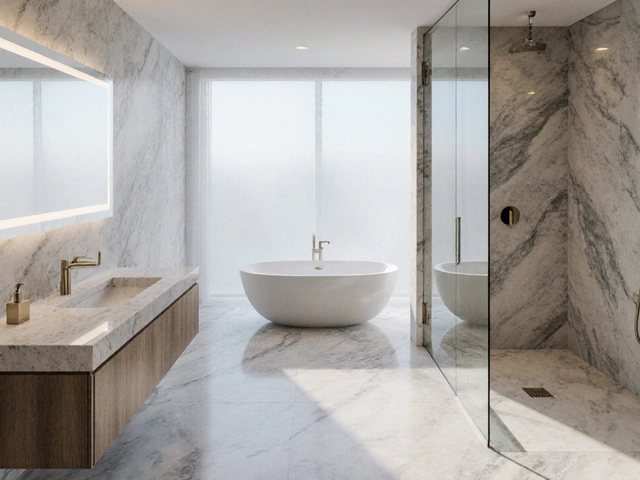The 50 Rule for Home Décor: A Quick Guide to Balanced Design
If you’ve ever felt lost in a sea of design advice, the 50 rule can be your shortcut. It’s not a strict law, just a handy way to think about three key areas: budget, space, and colour. By keeping each at roughly 50% of your total effort, you avoid over‑thinking and end up with a room that feels just right.
First up, budget. The idea is simple: spend about half of your decorating money on the big items that set the tone – a sofa, a dining table, or a statement rug. These pieces anchor the room, so choose quality over trend. The remaining half goes to accessories, lighting, and small finishes. This split lets you splurge where it counts while still giving you wiggle room for fun touches.
Space: Divide and Conquer
When you layout a room, think of the floor plan in two halves. The first 50% is the functional zone – where you eat, work, or relax. Make sure the furniture in this area fits the scale of the space; a too‑large sofa will dominate, while a tiny one will feel lost. The second 50% is the breathing space – walkways, empty corners, and visual gaps. Leaving room for movement prevents a cramped vibe and lets the eye rest. A good rule of thumb is to keep at least 24 inches of walkway around each major piece.
Colour: Balance Warm and Cool
Colour can make or break a design, so the 50 rule works here too. Pick a dominant colour for about half the room – walls, large furniture, or a rug. Then, use a complementary colour for the other half – cushions, art, or smaller pieces. This back‑and‑forth creates harmony without feeling monotone. If you love bold hues, limit them to the 50% anchor and keep the rest neutral, or vice‑versa.
Applying the 50 rule isn’t about exact math; it’s a mindset. If you’re renovating a kitchen, you might spend 50% of your budget on cabinets and appliances, then allocate the rest to hardware, lighting, and décor. In a bedroom, the bed and mattress get half the budget, while bedding, nightstands, and wall art share the other half.
One common mistake is ignoring the rule’s flexibility. Small apartments may need a higher percentage of space for functional zones, while larger homes can afford extra breathing room. Adjust the numbers to fit your lifestyle, but keep the core idea: balance major elements with supportive details.
Finally, test the rule before you commit. Sketch a quick floor plan, list your biggest spend items, and see if you’re close to a 50/50 split. If you’re far off, ask yourself why – are you over‑investing in trends or under‑thinking accessories? Tweaking a few items often brings the ratio back into harmony.
Bottom line: the 50 rule is a fast, practical way to keep your home looking polished without drowning in decisions. By splitting budget, space, and colour roughly in half, you get a cohesive look that feels intentional yet relaxed. Try it on your next project and see how much smoother the process becomes.





